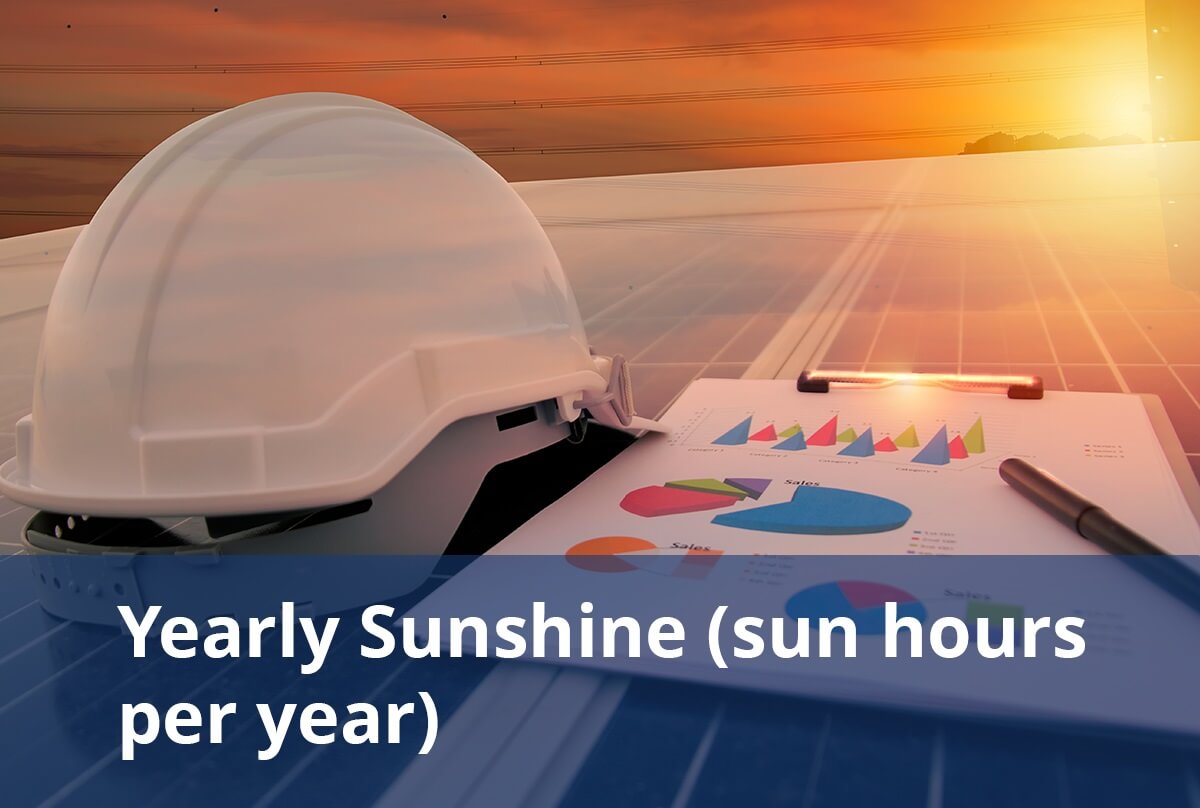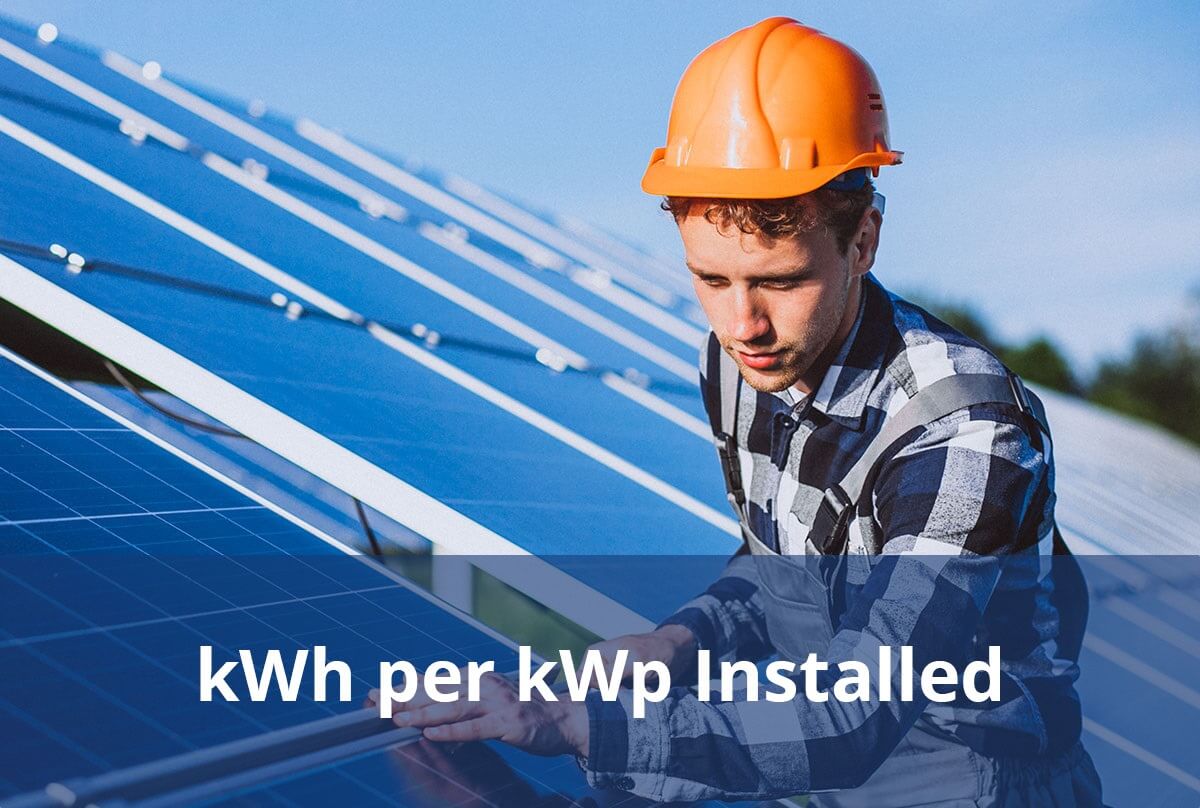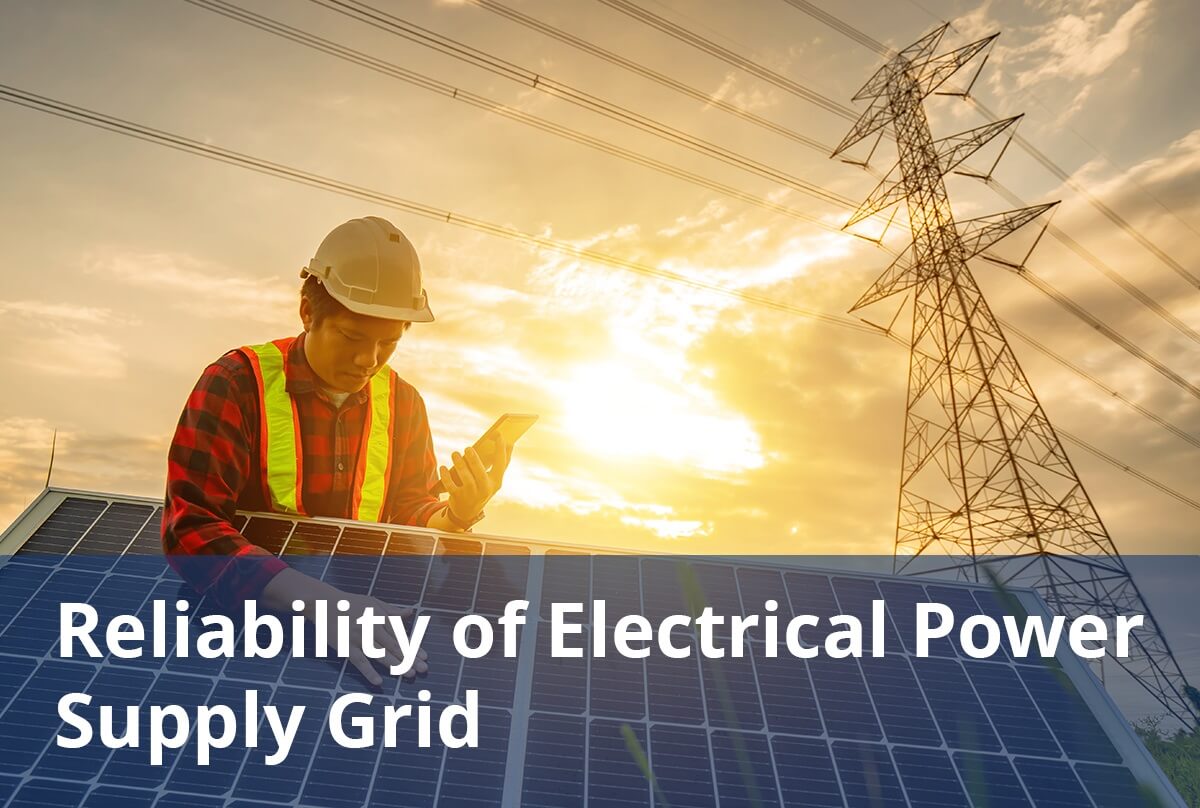Discover comprehensive insights into the statistics, market trends, and growth potential surrounding the solar panel manufacturing industry in Cuba
- https://www.worlddata.info/america/cuba/climate.php, w., „Average Sunshine in Cuba“, Retrieved on 14 July,2024.
- https://www.renewableenergyworld.com/baseload/power-shift-in-cuba-seven-reasons-to-watch-the-renewable-energy-sector-in-the-post-fidel-and-trump-era/#gref, r., „Solar radiation in Cuba“, Retrieved on 30 June,2024.
- https://www.globalpetrolprices.com/Cuba/electricity_prices/, g., „Cost of Electricity in Cuba“, Retrieved on 30 June,2024.
- https://www.researchgate.net/figure/Electricity-Tariffs-in-Cuba-in-2021_tbl1_356943565, r., „Commercial price of electricity“, Retrieved on 7 July,2024.
- https://horizontecubano.law.columbia.edu/news/national-electric-grid-and-future-cuban-economy, h., „Reliability Metrics for transmission of electricity in Cuba“, Retrieved on 30 June,2024.
- https://data.worldbank.org/indicator/EG.ELC.LOSS.ZS?locations=CU, d., „Distribution Losses of electricity“, Retrieved on 30 June,2024.
- https://www.tradecommissioner.gc.ca/cuba/market-reports-etudes-de-marches/0006689.aspx?lang=eng, t., „Solar farms in Cuba“ Retrieved on 5 July,2024.
- https://www.pv-magazine.com/2024/03/18/cuba-addresses-energy-crisis-with-2-gw-of-solar/, p., „Solar Panel Installed“, Retrieve on 1 July,2024.
- https://www.researchgate.net/publication/381850153_Most_Significant_Economic_Conditions_Associated_with_the_Greater_use_of_Solar_Energy_in_Cuba, r., „price of electricity“ Retrieved on 7 July,2024.
- https://www.researchgate.net/publication/357790383_Technical_and_Economic_Analysis_of_Modernization_of_Solar_Power_Plant_A_Case_Study_from_the_Republic_of_Cuba , R., „Cost of electricity produced by solar, Retrieved on 1 July, 2024.
- https://origin.iea.org/countries/cuba/electricity, E., „Electricity production in Cuba“, Retrieved on 14 July,2024.
- https://havanatimes.org/features/one-cuban-allies-with-the-sun-for-sustainable-living/, h., „Residential solar installation“ Retrieved on 2 July, 2024.
- https://www.mdpi.com/1996-1073/14/9/2480, m., „Off-grid solar power“ Retrieve on 6 July,2024.
- https://www.pv-magazine.com/2022/01/19/indian-power-company-invites-bids-to-build-900mw-of-solar-parks-in-cuba/, p., „On grid Solar“, Retrieved on 7 July,2024.
- https://worldsalaries.com/average-solar-energy-systems-engineer-salary-in-camaguey/cuba/,p, “ Solar Engineer Salaries in Cuba“ Retrieved on 13 November, 2024.
- https://worldsalaries.com/average-solar-photovoltaic-installer-salary-in-camaguey/cuba/, sa, „Solar installer Salaries in Cuba“ Retrieved on 13 November, 2024
- https://www.worldometers.info/world-population/cuba-population/, w., „Population of Cuba“ Retrieved on 4 July,2024.
- https://www.bc.gob.cu/noticia/aclaraciones-sobre-las-nuevas-tarifas-del-agua/947, w., „Water Price in Cuba“ 11 July,2024.
- https://www.numbeo.com/gas-prices/country_result.jsp?country=Cuba, d., “ Gasoline Charges in Cuba“, Retrieved on 11 July,2024.
- https://www.tradeclub.standardbank.com/portal/en/market-potential/cuba/taxes, t., “ Tax Rate in Cuba“, Retrieved on 11 July,2024.
- https://www.worlddata.info/america/cuba/energy-consumption.php, w., „Energy production summary“, Retrieved on 3 July,2024.
- https://www.unionelectrica.cu/ , u., „Official website“, Retrieved on 3 July, 2024.
- https://cambioclimatico-regatta.org/index.php/en/key-institutions/item/energas-sa, c., „Energas“, Retrieved on 3 July,2024.
- https://openinframap.org/stats/area/Cuba/plants, p., „Power Plants in Cuba“ Retrieved on 6 July,2024.
- https://assets.publishing.service.gov.uk/media/5a7dde3340f0b65d8b4e3fe4/Renewable_Energy_in_Cuba.pdf , p., „Wind Energy“, Retrieved on 4 July,2024.
- https://www.researchgate.net/publication/359427199_THE_ROLE_OF_HYDROPOWER_IN_THE_CUBAN_ELECTRICITY_SYSTEM_AND_FUTURE_PLANS_TOWARD_2030, r., „Hydropower in Cuba“, Retrieved on 7 July,2024.
- https://www.tradecommissioner.gc.ca/cuba/market-reports-etudes-de-marches/0006689.aspx?lang=eng&wbdisable=true, t., „Cuba Imports of fuel“, Retrieved on 3 July,2024.
- https://www.maysunsolar.com/blog-solar-panel-testing-and-certification-2023-ensure-quality-and-reliability/, m., „Quality standards and testing“ Retrieved on 7 July,2024.
- https://havanatimes.org/features/importing-solar-panels-in-usd-now-allowed-in-cuba/, h., „Government Initiatives“, Retrieved on 4 July, 2024.
- http://www.marielsolar.com/, m., „Mariel solar“, Retrieved on 4 July,2024.
- https://openinframap.org/stats/area/Cuba/plants?source=solar, s., „solar farms in Cuba“Retrieved on 7 July, 2024.
- https://havanatimes.org/features/solar-energy-outlook-in-cuba/, s., „Solar Farms“, Retrieved on 7 July,2024.
- https://economictimes.indiatimes.com/industry/renewables/international-solar-alliance-floats-tender-for-1150-mw-solar-project-in-cuba/articleshow/93477386.cms?from=mdr, e., „Solar Project“, Retrieved on 4 July, 2024.
- https://www.renova.cu/en/home/, R., „official website“, Retrieved on 4 July, 2024.
- http://www.cubasolar.cu/, c., „Cuba Solar“, Official Website“ Retrieved on 7 July,2024.
- https://ntpc.co.in/, n., „NTPC ltd“, Retrieved on 7 July,2024.











